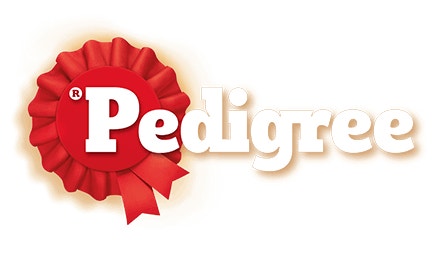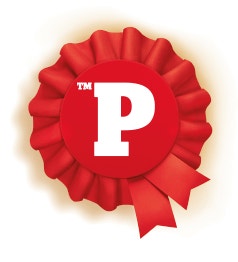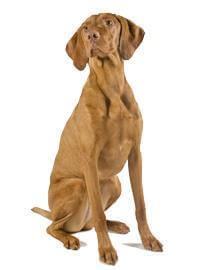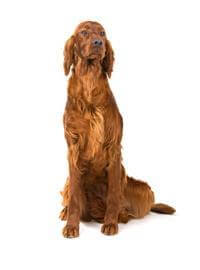The Hungarian Vizsla is the national dog of Hungary. Its early origins are hard to trace, but its history began in the 9th century when the warring Magyar tribes migrated from the Steppes of Asia and eventually settled in what is known today as Hungary.
For centuries the Vizsla was owned by the sporting nobility of Hungary and, before firearms were introduced in the 1700s, was used to scent and search for birds that were then either caught by falcons or netted. Subsequently a gun dog with all-round ability, which could work on fur or feather, was required to work the plains of Hungary with its varying vegetation of thick crop cover, tall grasslands and cornfields.
The dog needed to be fast and possess a ‘good nose’ which would enable it to work the giant hare and to ‘point’ to the various game birds and wildfowl. It was also used to hunt deer, wild boar and wolf, all of which it was expected to hold at bay. This was usually done using several dogs working together. A dog of above average ability was necessary and, in the Vizsla, the Hungarians had such a dog.
Average lifespan
Hungarian Vizslas live from between 10 to 12 years of age.
Average size and weight
53cm to 64cm
20kg to 30kg
Breed personality, characteristics & temperament
An alert watch dog and splendid, easy-going companion, the Hungarian Vizsla learns very quickly and responds well to obedience training due to its great desire to please. In Australia the Vizsla has appeared in numerous television commercials. Being a bird dog, it loves retrieving and will of its own accord carry objects around in its mouth. The Vizsla is also a natural swimmer and takes to water easily, even diving to retrieve objects. An affectionate and lively dog, it is happiest when fully involved in family activities.
Compatibility with other pets
Good.
Care requirements
The breed's short, smooth russet gold coat requires minimal grooming. The Vizsla is an active dog and needs regular exercise.
Please take note
This is not a dog to be left alone in the back yard as it can become destructive if bored.
Ideal owners
Suitable for most people and it is good with children.
Click here for advice on adopting a rescue dog and finding a breeder. All information has been provided by the Kennel Club.





